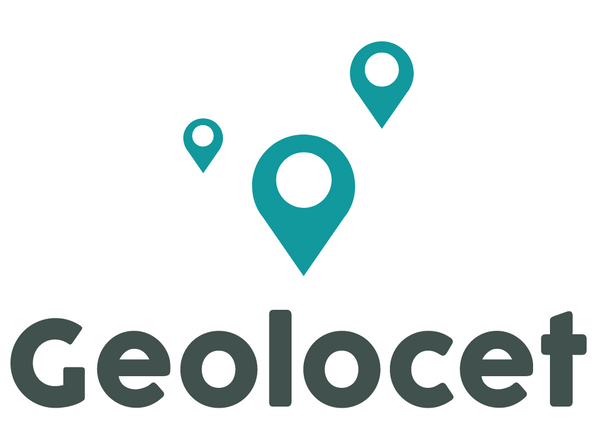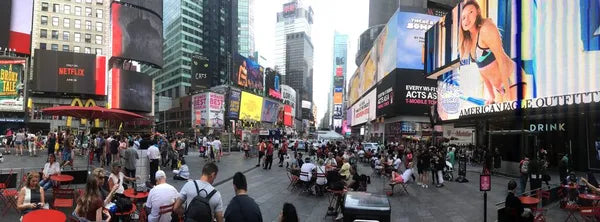Introduction
In the fast-paced fashion industry, success often boils down to the location of your store. With the power of location intelligence technology, brands can access a wealth of competitor store location data. By leveraging this critical information, clothing brands can optimize their retail networks, respond to market trends, and stay ahead of the competition.
In this post:
- Identifying Market Gaps
- Optimizing Store Locations
- Understanding Consumer Preferences
- Benchmarking Performance
- Staying Ahead of the Curve
- Conclusion
Identifying Market Gaps
Comparing store locations with competitors can reveal underserved areas of the market. For example, by analyzing the list of C&A store locations in the Netherlands and the list of Only store locations in the Netherlands, brands can pinpoint where competitors have established a presence and find opportunities for expansion in untapped areas. This approach enables brands to strategically enter markets with less competition, increasing the likelihood of success. Additionally, it allows brands to cater to underserved customer segments, fostering customer loyalty and driving sales.
Optimizing Store Locations
 Competitor store location data can help brands optimize store placement. By evaluating the list of competitor store locations, brands can avoid market saturation, identify ideal store locations, and reduce the risk of cannibalization. This data-driven approach ensures that brands select locations with high potential for foot traffic and sales, maximizing return on investment. Moreover, it enables brands to strategically position stores in areas with complementary businesses, enhancing the overall customer experience and encouraging repeat visits.
Competitor store location data can help brands optimize store placement. By evaluating the list of competitor store locations, brands can avoid market saturation, identify ideal store locations, and reduce the risk of cannibalization. This data-driven approach ensures that brands select locations with high potential for foot traffic and sales, maximizing return on investment. Moreover, it enables brands to strategically position stores in areas with complementary businesses, enhancing the overall customer experience and encouraging repeat visits.
Understanding Consumer Preferences
Location intelligence enables brands to gain insights into consumer preferences and trends. By scrutinizing the list of clothing brands' store locations, brands can identify areas with specific clothing preferences, allowing them to tailor their offerings to meet local demand.  This targeted approach enables brands to offer products that resonate with local customers, increasing customer satisfaction and loyalty. Additionally, it allows brands to identify emerging trends and capitalize on them, staying ahead of the competition and driving sales.
This targeted approach enables brands to offer products that resonate with local customers, increasing customer satisfaction and loyalty. Additionally, it allows brands to identify emerging trends and capitalize on them, staying ahead of the competition and driving sales.
Benchmarking Performance
Competitor store location data allows brands to benchmark their performance against rivals. By examining datasets such as the list of Primark store locations in the Netherlands and the list of Zara store locations in the Netherlands, for example, brands can assess their competitive position and strategize to improve market share. This comparative analysis enables brands to identify areas where they are underperforming and implement strategies to address these gaps. Moreover, it allows brands to identify and replicate successful strategies employed by competitors, enhancing their competitive edge.
Staying Ahead of the Curve
Location intelligence helps brands anticipate and adapt to changing market dynamics. By studying competitors' locations, brands can stay informed about competitors' strategies and make proactive decisions. This forward-thinking approach enables brands to quickly respond to changes in the market, such as new store openings or closures, ensuring that they remain competitive. Additionally, it allows brands to identify and capitalize on emerging market trends, driving innovation and staying ahead of the competition.
Conclusion
Location intelligence is a powerful tool for brands looking to gain a competitive edge in the fashion retail industry. By leveraging datasets of competitor store locations, brands can optimize their store placement, identify market gaps, and stay ahead of consumer trends. Our platform offers comprehensive datasets for various brands, enabling fashion retailers to outperform their competitors.

